Images: Viking Twilight Compass Helps Navigate North Atlantic
Uunartoq disc
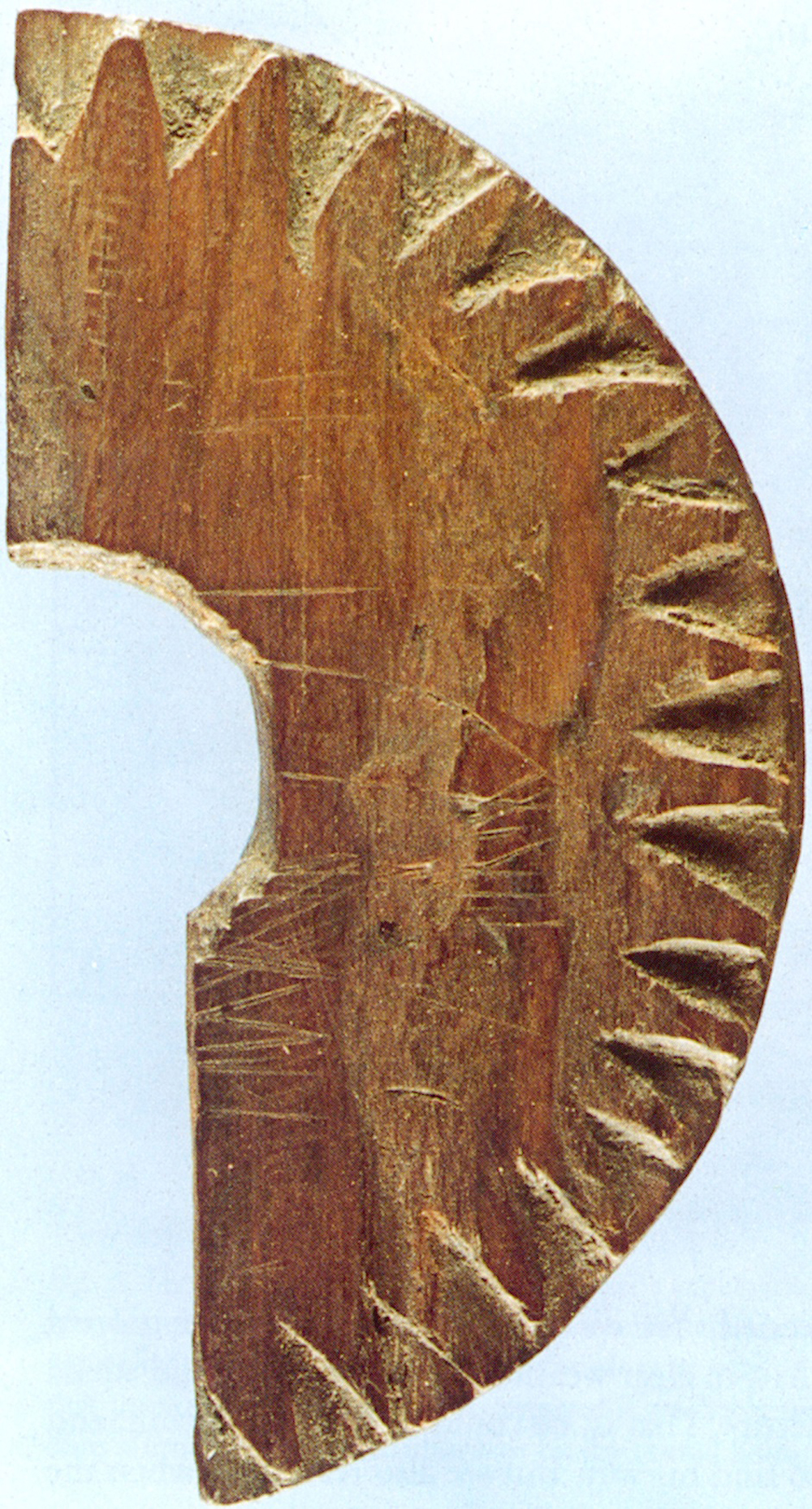
The Uunartoq disc was discovered in an 11th century convent in Greenland in 1948. It is thought to have been used as a compass by the Vikings as they traversed the North Atlantic Ocean from Norway to Greenland.
Sun compass vs. twilight board
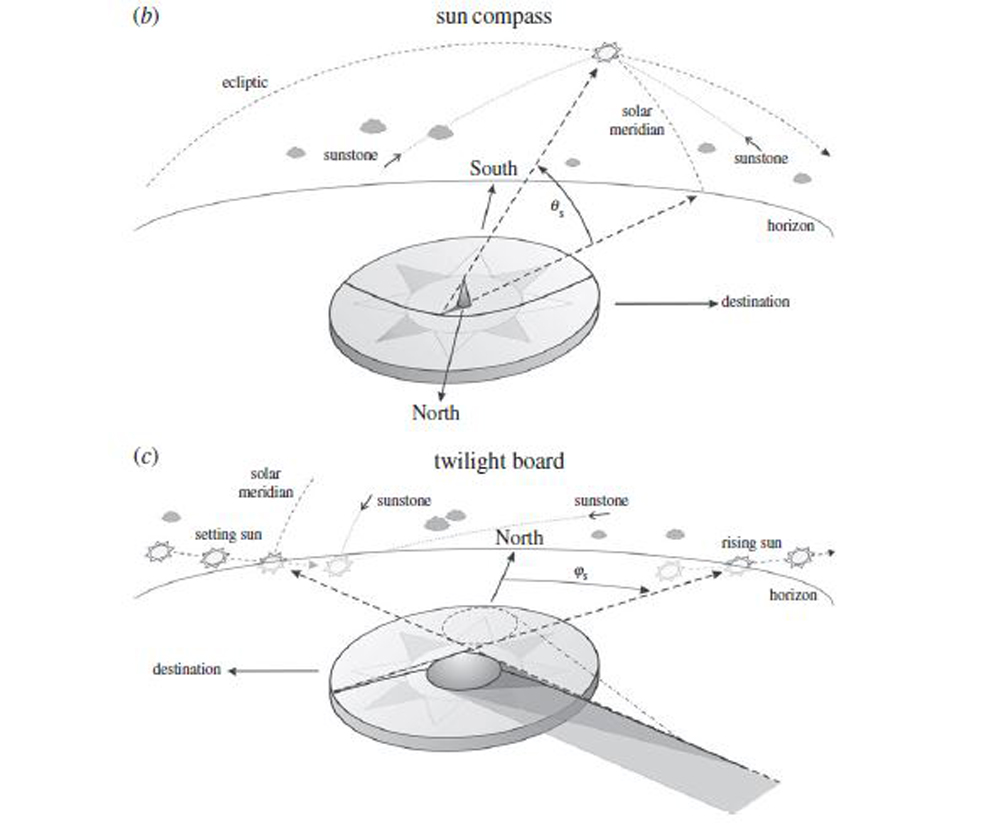
Previous interpretations of the artifact have suggested that the Vikings used the disc almost as a sun dial, in which the shadow cast by a thin, central pin indicated the cardinal direction of travel. But now, researchers from Hungary have presented a new interpretation of the artifact as a twilight board that could have been used even when the sun was below the horizon with the help of accessory items including crystals and a wooden slab.
Sunstones
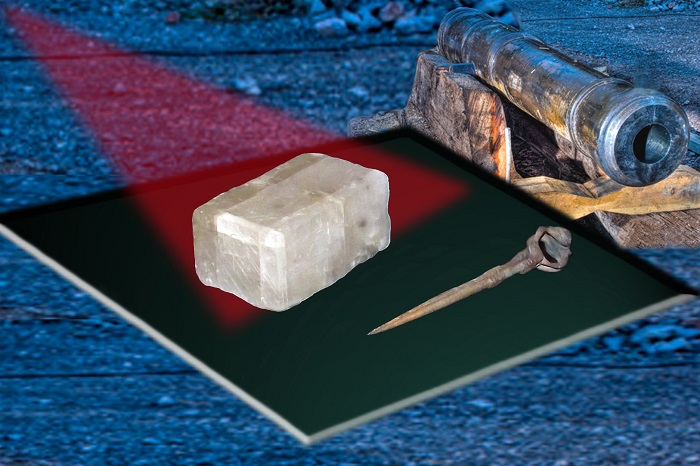
Sunstones, for example, were pieces of calcite that could have helped locate the position of the hidden sun based on colorful patterns cast within the crystal due to the polarization of UV rays in the sky.
Testing the sunstones
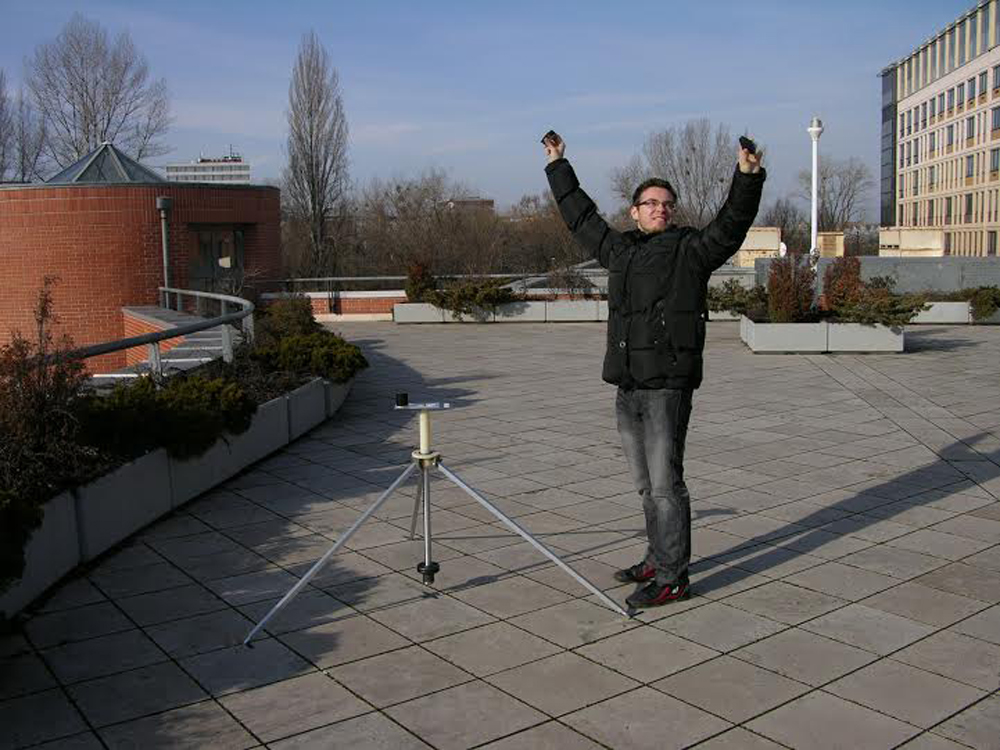
Two sunstones would have been used in conjunction to locate the position of the sun beneath the horizon.
Shadow stick
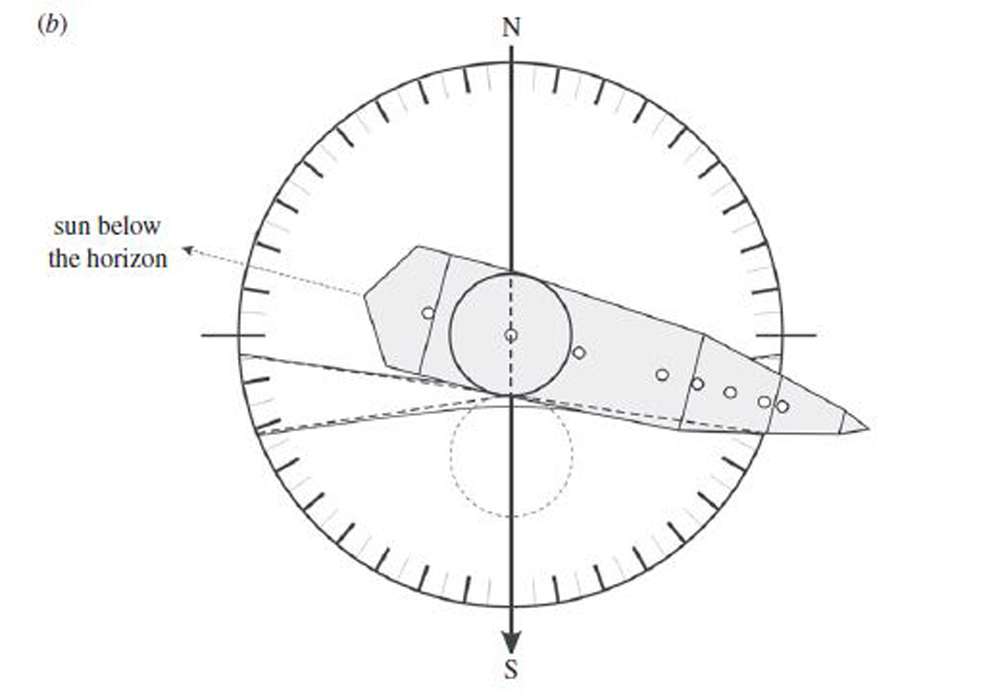
Once the Vikings located the position of the sun, they may have used a tool called a shadow stick to determine their cardinal direction.
How Vikings Might Have Navigated on Cloudy Days
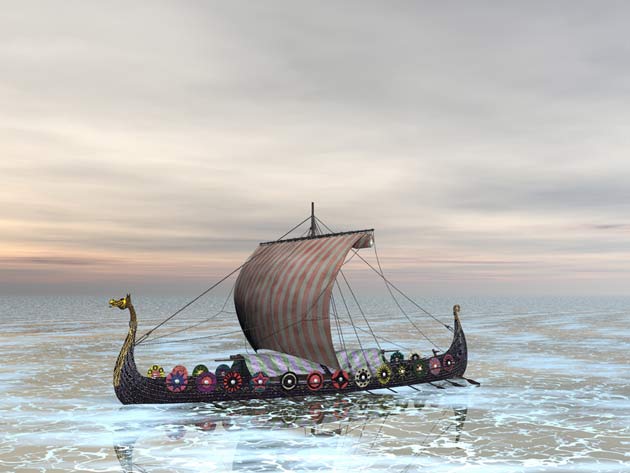
Neither sunstones nor shadow sticks have been discovered in conjunction with the Unnatorq disc, but both have been written about in medieval writings, suggesting that they would have been available to the Vikings.
Sign up for the Live Science daily newsletter now
Get the world’s most fascinating discoveries delivered straight to your inbox.










